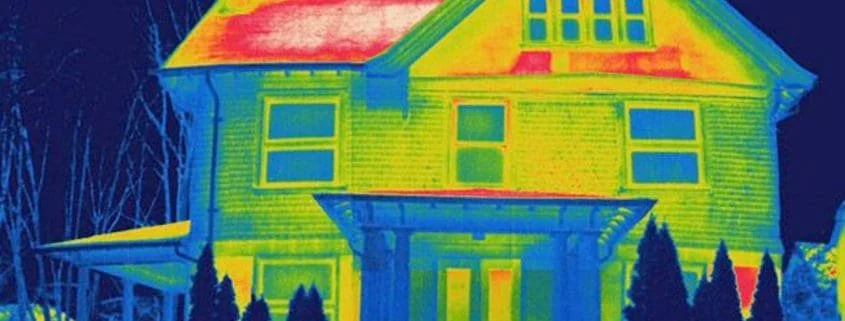The Science Behind Thermal Imaging: How It Helps Find What You Can’t See
Thermal imaging, also known as infrared thermography, is a technology that allows us to detect and visualize heat. Unlike visible light, which is only a narrow slice of the electromagnetic spectrum, infrared radiation is emitted by all objects based on their temperature. Even in complete darkness, every object that has a temperature above absolute zero radiates some level of infrared energy. Thermal imaging works by capturing this radiation and translating it into an image, typically in a range of colors that indicate different temperatures.
At its core, thermal imaging relies on the principles of blackbody radiation — the idea that any object with heat emits electromagnetic radiation in a predictable way. The hotter an object is, the more infrared radiation it emits. Thermal cameras use sensors, often made from materials like vanadium oxide or amorphous silicon, that are sensitive to these infrared wavelengths. These sensors measure the intensity of radiation and assign color values to different temperature readings, producing a visual map where warmer areas appear in lighter shades (such as white, yellow, or red), and cooler areas show up darker (like blue or purple).
One of the greatest advantages of thermal imaging is that it doesn’t require visible light to function. This means it can be used effectively at night or in low-visibility conditions like fog, smoke, or dense foliage — situations where traditional cameras and the human eye struggle. The technology is passive, meaning it detects existing thermal energy rather than emitting any signal itself, which allows it to observe without disturbing the environment.
Thermal imaging is especially adept at detecting living organisms because mammals and birds are warm-blooded and maintain internal temperatures that are significantly higher than their surroundings. This thermal contrast makes it easy to distinguish an animal from the cooler environment, even when it’s hidden or camouflaged. The thermal signature of a living body can stand out sharply from a background of vegetation, water, or terrain, making detection quicker and more reliable than with visible-light methods.
Precision is a key factor in the effectiveness of thermal imaging. Many modern systems can detect temperature differences as small as 0.1 degrees Celsius. This level of sensitivity allows not only for clear identification of living beings but also for the detection of subtle heat changes in mechanical systems, buildings, or landscapes. The ability to visualize heat flow and dissipation has made thermal imaging an essential tool in industries like firefighting, electrical inspection, building diagnostics, military operations, and wildlife research.
Another interesting aspect of thermal imaging lies in how it is processed. Raw infrared data captured by the sensor is not visible to the human eye, so the camera must interpret and display it using a color palette. Common palettes include "white hot" (where hotter objects are lighter), "black hot" (where hotter objects are darker), and rainbow color schemes that offer high contrast for subtle differences. These choices can be tailored to the specific application and user preference, improving accuracy and ease of interpretation.
Though originally developed for military use, thermal imaging technology has become increasingly accessible and compact. High-performance thermal sensors are now being integrated into drones, handheld devices, and even smartphones. This has expanded the scope of thermal imaging applications, making it a powerful tool for civilian, commercial, and scientific use.
In essence, thermal imaging provides a way to “see” heat — an invisible layer of information that reveals patterns, anomalies, and life forms hidden from view. By leveraging the fundamental laws of physics, this technology opens up a world where darkness and concealment no longer pose insurmountable barriers. Whether used for rescue, research, or inspection, thermal imaging continues to be one of the most transformative innovations in modern sensing technology.
